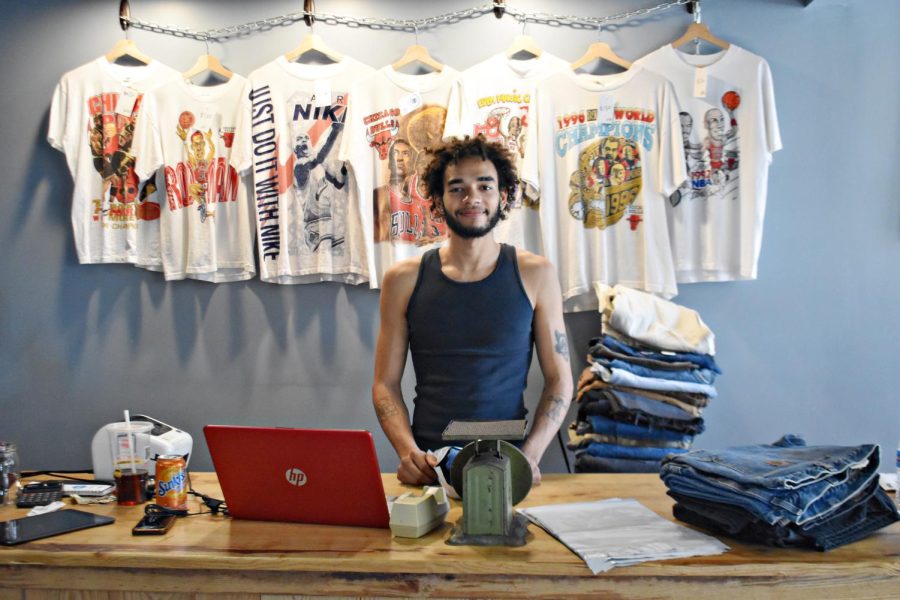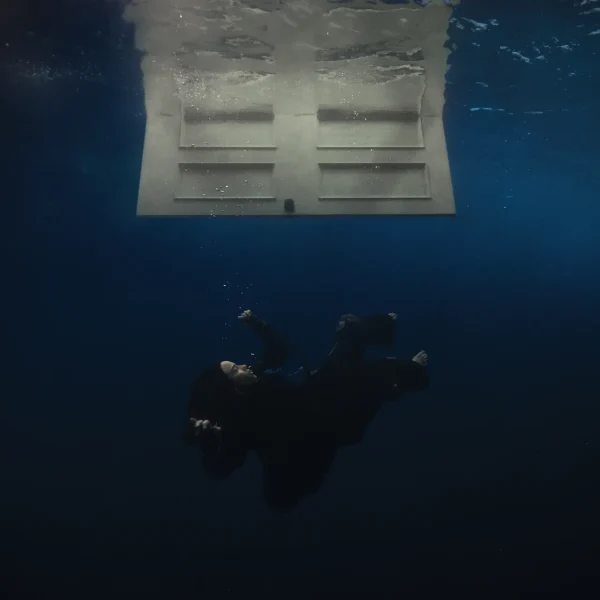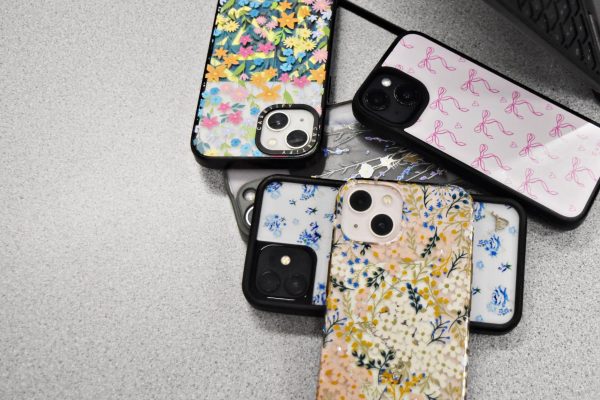New thrift shop caters to growing trend of going green and saving green
Photo by Emily Ziajor
Thrifting continues to trend nationwide, especially among teenagers, and The Whistle Stop offers a local venue for those searching for unique clothing items.
April 26, 2023
Nike. Adidas. Nautica. Lee. Columbia. Carhartt. Levis. Converse. Vans.
Such high-end brands, yet they can be found in thrift stores for $7, maybe $10. Although the items may be a little worn down, taking advantage of buying such well-known brands for lower prices is a steal in most people’s books.
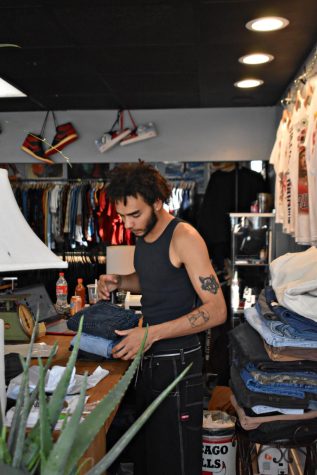
Thrifting, or thrift store shopping, is a trend that is absolutely overtaking everything as of now. Thrifting is not only cheap, but also good for the environment.
This trend started back in the 19th century, when donations of second-hand clothes to pass down to those in need were run through charities or organizations. What is wrong with some hand-me-downs? However, actual “thrifting” did not gain traction until the early 2000s when people became more aware of the harmful impacts of fast fashion.
Fast fashion had its peak during and after COVID, and brands such as Shein received plenty of sales due to their traction on platforms like TikTok. In reality, some alleged Shein exploits their workers, violating their own code of conduct (along with Chinese labor laws). Whether those rumors are true remains unknown, but clothing found on the Shein website is cheap, which often entices people to buy their products. Some claim, however, that the materials used to create that cute shirt are not quality, and that Shein uses synthetic fabrics such as nylon or polyester that ultimately are not very comfortable, or end up altering in the washing machine after a few, if not one wash.
Ultimately, fast fashion may result in more waste outside of the impact that the production of clothing already has on the environment. Thrifting, on the other hand, reduces carbon and chemical pollution through recycling. One man’s trash is another man’s treasure.
While it may seem secondhand clothing is unable to resonate with the growing fashion of modern day, that ideology could not be more wrong: according to a 2022 resale report by ThredUp, in conjunction with analytics company Global Data, North America is leading the global secondhand market, and the numbers are expected to more than double by 2026, reaching $82 billion a year.
Teens consider second-hand clothing “vintage”: something old, fun, and different.
“Vintage clothing is honestly made so much better than today’s,” senior Taylor Estrada said via social media.
Anything and everything is in-style, especially if the clothing fits one’s aesthetic. Having the freedom to style clothing is a key aspect to decision making along with the progression of self-esteem for many. From scouting out something as simple as a pair of cargo pants to something as rare as a Taylor Swift cardigan, good finds are everywhere.
“I love thrifting because it’s so interesting to go shopping. You never know what you will find in there whether it’s an old vintage college hoodie or brand-new-with-tags Lululemon (which I’ve found both)!” Estrada said.
Many students within West Chicago participate in thrifting as an easy and accessible way to spice up their wardrobe.
Senior and thrifting fanatic, Ellie Hurley often enjoys perusing locations such as her local Goodwill, Savers, and even Plato’s Closet.
“Savers offers fifty percent off on Mondays, and Goodwill frequently has sales on your birthday if you’re on a tight budget. But if you want to get the most out of thrifting, just make an effort to look through everything and make sure to check tags and product quality before buying, as prices occasionally don’t correspond to the quality of the item,” Hurley said.
According to Hurley, securing a “find” really depends on what a thrifter is looking for, and having a variety of places to shop is recommended, but not required. She keeps her options open, and does her best to look through every section in the store. Hurley acknowledges doing so takes a lot of energy and time.
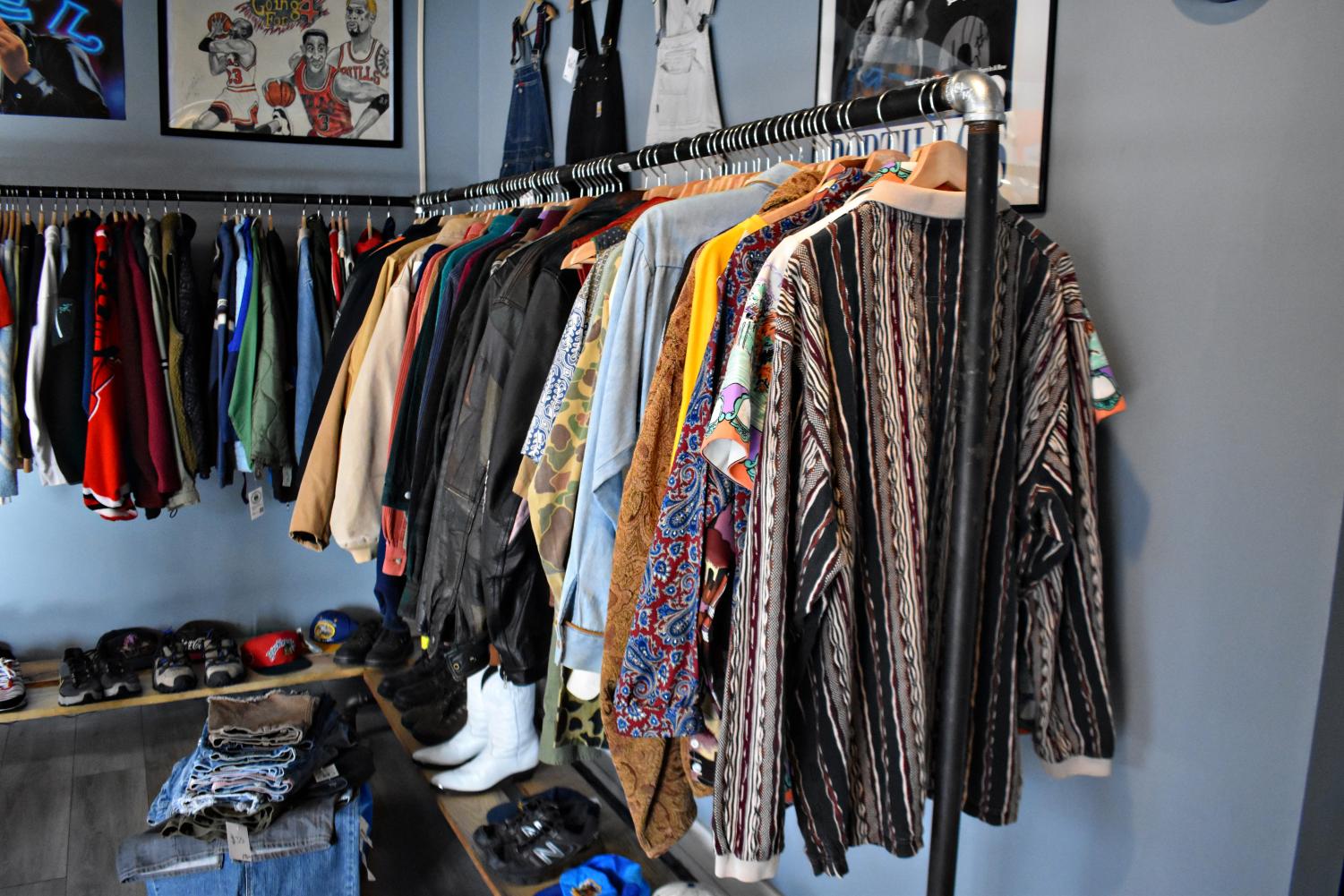
“My best finds from thrifting are probably my sweaters, because I have collected a lot of them over the years. I still wear the one I found my freshman year and get compliments on it. It just goes to show that clothes you thrift really never go out of style because I still wear things I thrifted when I was thirteen and fourteen,” Hurley said.
Those interested in indulging in this trend will find plenty of thrift stores in the area, but as recently as February 25, a small, local thrift store opened in West Chicago (108 Galena St., West Chicago, IL 60185) that goes by the name The Whistle Stop. The name came from the concept that West Chicago (formerly known as Turner Junction) is a train town: in the past, trains would often honk their whistle as an indication of their presence.
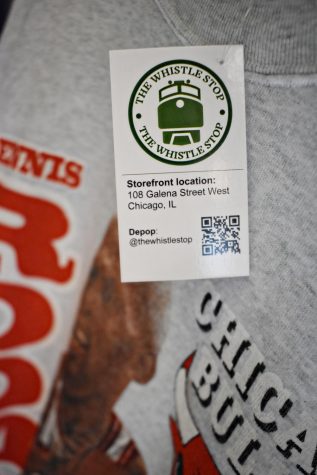
Issac Nelson, the 21-year-old owner of The Whistle Stop and a WEGO grad, talked passionately about his deep connection to West Chicago and the history that items carry.
Nelson has been thrifting and selling things ever since he was young, and notes that despite the recent spike in some thrift store prices, buying second-hand is still the cheaper option.
“I think I have a really good selection of stuff. Sometimes, the tradeoff between a traditional thrift store is that there is so much more stuff. You have to look a lot harder, and you might not like everything you see. The tradeoff is that it’s cheap, or at least in theory, it’s super cheap. This is a whole ‘nother rant, but thrift store prices are crazy as of the past couple of years,” said Nelson.
The Whistle Stop’s smaller selection allows the shop to focus on providing items of better quality.
Nelson started up his own Depop less than a year ago, and has been working to drive sales, resulting in being ranked twenty-fifth in the world for the past two weeks, and 10 short of 1500 sales.
Nelson, along with other West Chicago Community High School alumni, such as Vale Garcia, Allison Boney, and Heze Ramirez, as well as a Geneva High School senior, Grant Havertine, have put energy into creating an atmosphere for the store, and boosting The Whistle Stop’s social media presence. Outfits put together on their Instagram serve as a way to market towards a younger audience, one that strives for aesthetics.
“As a culture, some of us youngins, we tend to like to be unique, or see ourselves as unique. And when you can express that ideology of ‘I think I’m a unique person’ through what you’re wearing. Even though a lot of the styles might be the same – like when someone asks where you got those pants, and you say, ‘Oh I thrifted them,’ it’s kinda vague, kinda cool. Being able to be unique is what I think draws in a lot of people,” said Nelson.
It is difficult to imagine the thrifting trend dying off considering the amount of traction it has gained recently.
“I really like vintage clothes, like those big gowns and dresses people used to wear back then. Thrifting, and finding those styles that someone can mix-and-match, really help express character. Not to mention that it’s cheap,” junior Noemi Amaro said.
Even with the fashion industry expanding, concepts such as thrifting contribute to the creativity and self-expression seen with clothes now, as Nelson noted.
“It’s like a fad, almost, but I think it’s more than a fad. I really do believe it’ll be long -lasting just because there is so much stuff out there. People are starting to realize they don’t need to buy brand new clothes. There are millions and millions of garments being thrown away every single day, and people finally realized it,” Nelson said.



